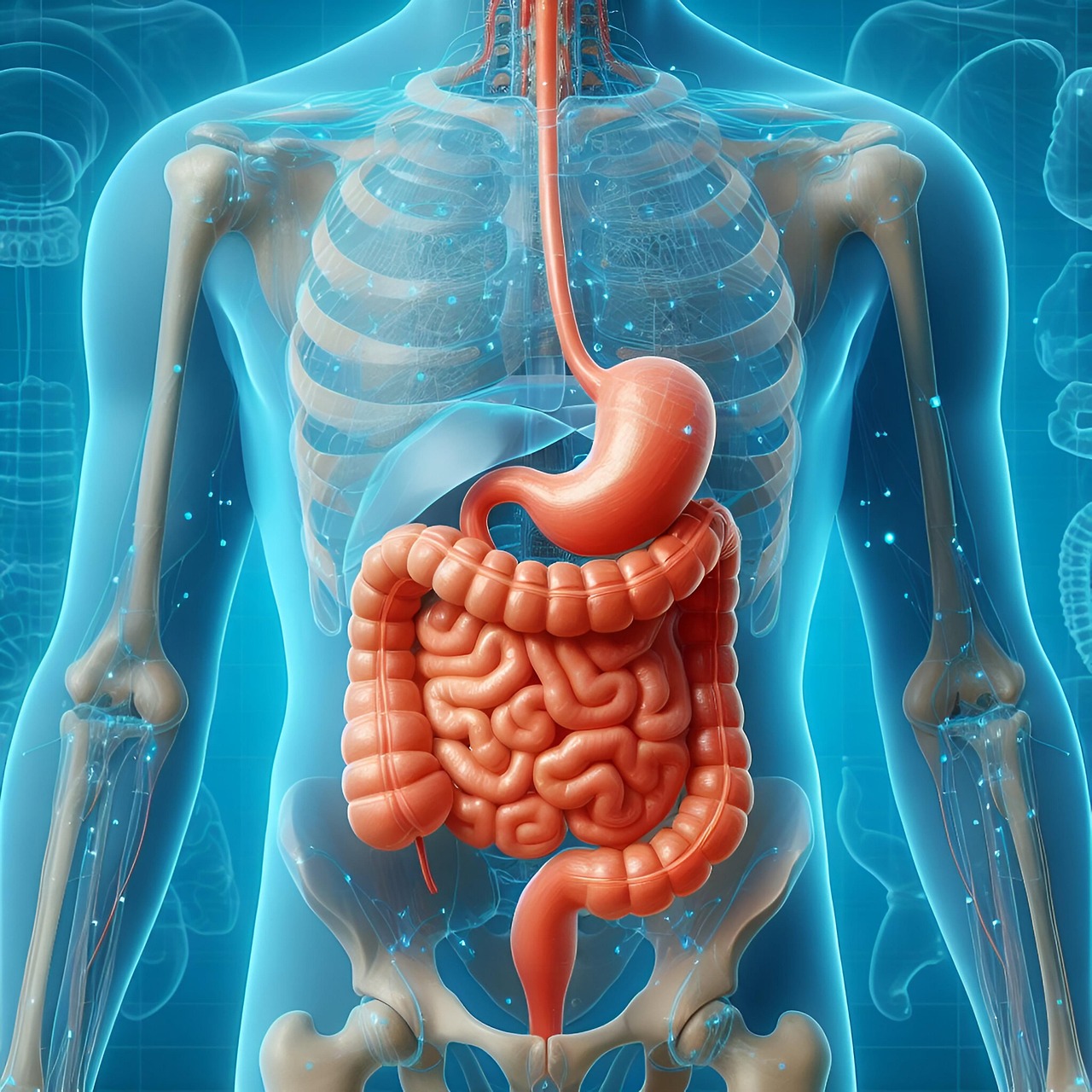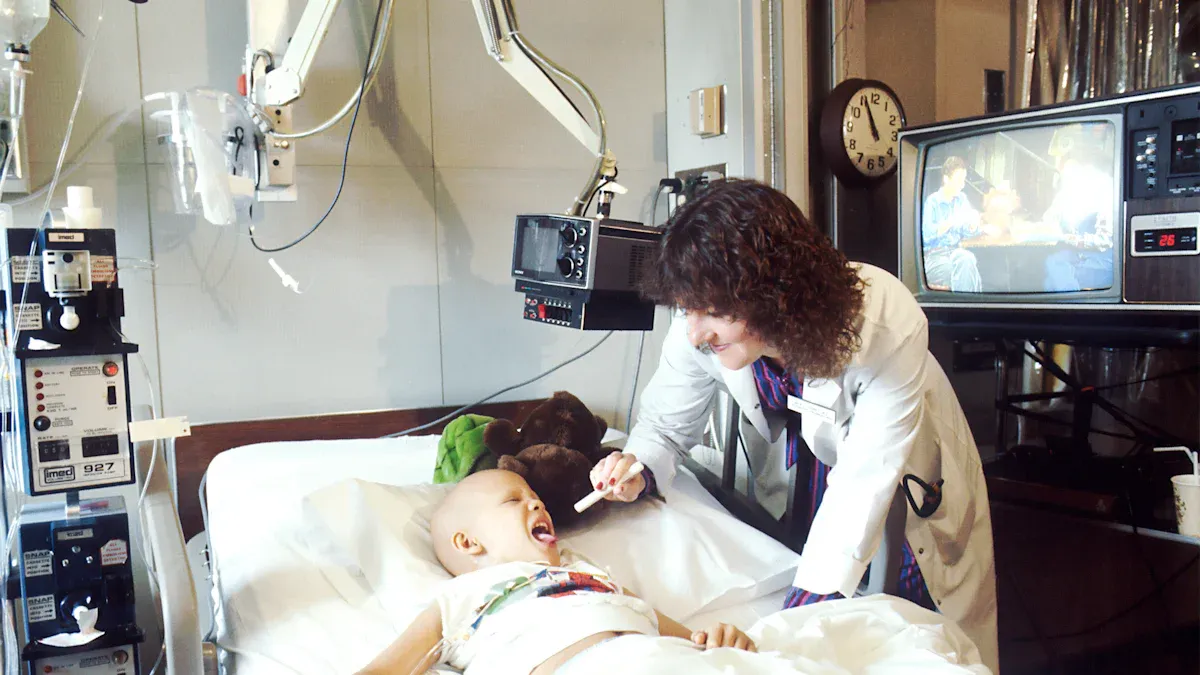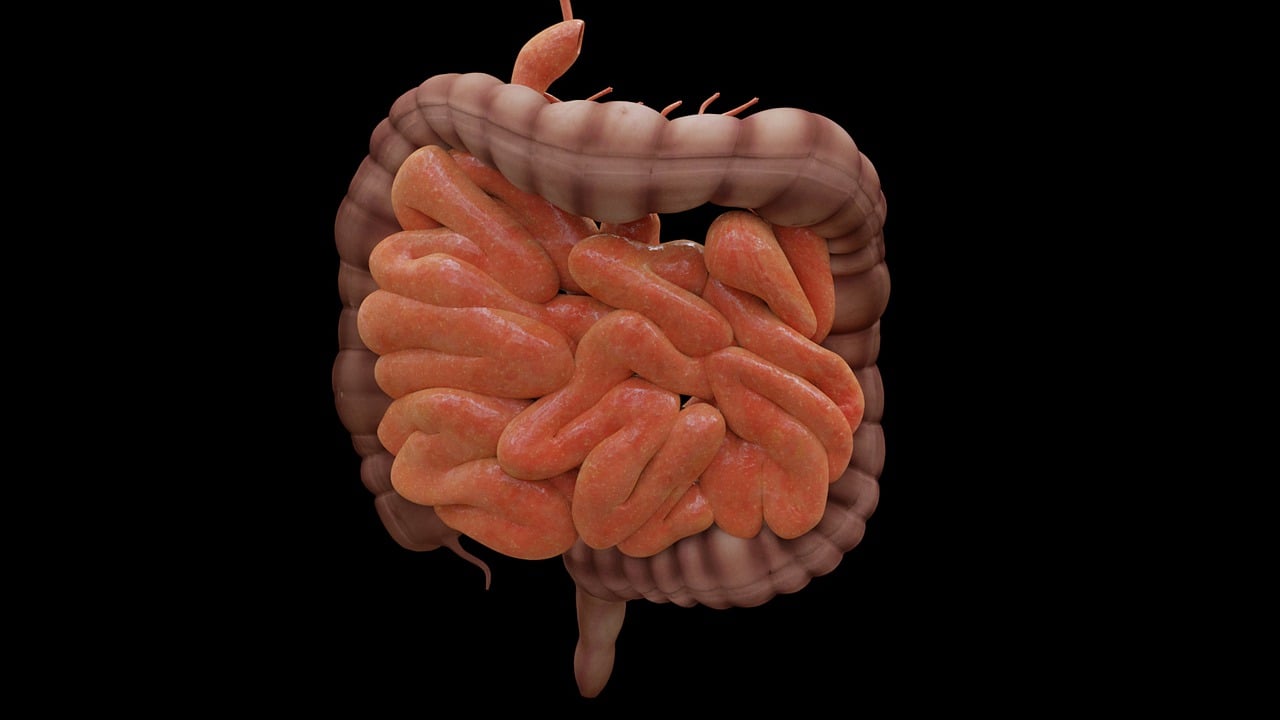Duodenal Cancer-Understanding the Symptoms and Treatments

Duodenal cancer often presents with symptoms like abdominal pain, nausea, vomiting, and unexplained weight loss. Early detection significantly improves survival rates. For instance, the five-year survival rate is 83% when detected early, compared to 43% for distant spread.
Detection Stage | 5-Year Survival Rate |
|---|---|
Early Detection | 83% |
Local Spread | 73% |
Distant Spread | 43% |
Overall (All Stages) | 67% |
Recognizing symptoms early and seeking medical attention can make a life-saving difference.
Key Takeaways
Look for early signs like belly pain, feeling sick, or losing weight without trying. Finding cancer early gives an 83% chance of living five years.
Go to the doctor if symptoms don’t go away. Seeing a doctor quickly can help find and treat the cancer better.
Learn why cancer stages matter for treatment. Early-stage cancer can often be removed with surgery. Later stages might need chemo or radiation.
Get regular check-ups if you are at risk. Screenings can help find cancer early and make treatment work better.
Join support groups for help and advice. Talking to others can give you support and useful tips during your treatment.
Symptoms of Duodenal Cancer

Common Symptoms
Abdominal pain
You may experience abdominal pain or cramping as one of the earliest signs of duodenal cancer. This pain often feels inconsistent and cramp-like, sometimes worsening after meals.
Nausea and vomiting
Nausea and vomiting are common symptoms. Severe cases may occur if the tumor blocks the intestine, making it difficult for food to pass through.
Unexplained weight loss
Losing weight without trying can be alarming. This symptom often results from the body’s inability to absorb nutrients properly due to the tumor's interference with digestion.
Changes in bowel habits
You might notice changes in your bowel movements, such as dark, tarry stools. This could indicate bleeding in the digestive tract, a potential sign of duodenal cancer.
Note: These symptoms can overlap with other gastrointestinal conditions. Persistent or worsening symptoms should not be ignored.
Advanced Symptoms
Jaundice
Yellowing of your skin and eyes may occur if the tumor blocks the bile duct. This condition, known as jaundice, is a sign of advanced disease.
Gastrointestinal bleeding
Bleeding in the digestive tract can lead to dark stools or visible blood in your vomit. This symptom requires immediate medical attention.
Severe fatigue and anemia
You may feel unusually tired or weak due to anemia, which occurs when blood loss reduces your red blood cell count. Lightheadedness and pale skin often accompany this symptom.
When to Seek Medical Attention
Persistent or worsening symptoms
If your abdominal pain, nausea, or other symptoms persist or worsen over time, consult a healthcare provider.
Symptoms affecting daily life
Seek medical attention if symptoms like severe fatigue, jaundice, or gastrointestinal bleeding disrupt your daily activities. Early diagnosis can improve outcomes.
Tip: Keep track of your symptoms and share them with your doctor. This information can help guide the diagnostic process.
Diagnosing Duodenal Cancer
Medical Evaluation
Physical examination
Your doctor will begin by performing a thorough physical examination. They will check for lumps, tenderness, or other unusual signs in your abdomen. This step helps identify potential abnormalities that may require further investigation.
Blood tests
Blood tests play a crucial role in detecting duodenal cancer. These tests can reveal anemia, abnormal liver function, or other irregularities linked to cancer. For example, liver function tests can show if the disease has affected your liver.
Diagnostic Procedures
Imaging tests (CT scans, MRI)
Imaging tests provide detailed pictures of your internal organs. A CT scan can help detect tumors, blockages, or signs of cancer spreading. MRI scans use magnetic fields to create images, making them particularly useful for identifying metastasis.
Endoscopy and biopsy
Endoscopy allows doctors to view the inside of your digestive tract. During this procedure, a thin tube with a camera is inserted into your body to examine the duodenum. If abnormalities are found, a biopsy may be performed to collect tissue samples for microscopic analysis. Capsule endoscopy, where you swallow a small camera capsule, is another option for detailed imaging of the small intestine.
Staging the Cancer
Determining the extent of the disease
Staging helps determine how far the cancer has spread. Doctors may use a combination of imaging tests, endoscopy, and laparoscopy to assess the tumor's size and location. An upper GI series, which involves X-rays taken after swallowing barium, can also provide valuable insights.
Identifying metastasis
To check if the cancer has spread to other parts of your body, your doctor may recommend advanced imaging techniques like MRI or CT scans. These tests help identify metastasis, which is crucial for planning the most effective treatment strategy.
Tip: Early and accurate diagnosis improves your chances of successful treatment. If you experience persistent symptoms, consult your doctor promptly.
Treatment Options for Duodenal Cancer

Surgical Treatments
Whipple procedure
The Whipple procedure, or pancreaticoduodenectomy, is a common surgery for treating duodenal cancer. It involves removing the duodenum, part of the pancreas, bile duct, and sometimes the stomach. This procedure can extend your life and improve your quality of life. However, it carries risks such as nutritional deficiencies and diabetes due to the removal of essential digestive organs.
Benefit | Description |
|---|---|
Extending life | The procedure may help in prolonging life for patients with duodenal cancer. |
Improving quality of life | It can enhance the overall quality of life for patients. |
Risk | Description |
|---|---|
Nutritional deficiencies | Long-term deficiencies in fat-soluble vitamins and minerals may occur. |
Diabetes | Some patients may develop diabetes as a side effect of the procedure. |
Partial or total duodenectomy
In cases where the tumor is confined to the duodenum, a partial or total duodenectomy may be performed. This surgery removes either part or all of the duodenum. The success of surgical treatments depends on factors like lymph node involvement. For example:
Patients without lymph node involvement have a 65% five-year survival rate.
Patients with lymph node involvement have a 21% five-year survival rate.
Study Type | 1-Year OS | 3-Year OS | 5-Year OS | 10-Year OS |
|---|---|---|---|---|
Retrospective (MSKCC) | N/A | N/A | N/A | |
Prospective (UK centers) | 83.9% | 66.7% | 51.2% | N/A |
Nonsurgical Treatments
Chemotherapy
Chemotherapy uses medications to destroy cancer cells or stop their growth. These drugs can be taken orally or through intravenous injections. While effective, chemotherapy may cause side effects like fatigue, nausea, vomiting, and hair loss.
Radiation therapy
Radiation therapy uses high-energy beams, such as X-rays, to target and kill cancer cells. This treatment is often combined with chemotherapy to improve outcomes. However, it can lead to side effects like fatigue and weight loss.
Treatment Type | Description |
|---|---|
Radiotherapy | Focused, high-energy beams, such as X-rays, are used to kill cancer cells. |
Chemotherapy | Medications are taken orally or via intravenous injection to destroy cancer cells or prevent growth. |
Supportive and Holistic Care
Nutritional support
Nutritional support plays a vital role in managing malnutrition caused by duodenal cancer. If your gastrointestinal tract is functional, enteral nutrition is often preferred. This approach ensures effective nutrient delivery, especially when eating becomes difficult due to symptoms like obstruction or dysphagia.
Pain management
Pain management focuses on improving your comfort during treatment. Effective options include:
Anti-inflammatory drugs like Celebrex to reduce inflammation-related pain.
Muscle relaxers to ease tightness, especially after radiation therapy.
Scrambler therapy, a non-invasive method that alters pain signals to the brain.
Steroid injections for severe joint pain relief.
Tip: Discuss these options with your healthcare provider to find the best pain management strategy for your needs.
Treatment by Stage
Early-stage treatment
If you are diagnosed with early-stage duodenal cancer, surgery is often the primary treatment. Doctors aim to remove the tumor completely, which can significantly improve your chances of recovery. Procedures like the Whipple procedure or partial duodenectomy are common for early-stage cases. These surgeries focus on removing the affected part of the duodenum and nearby tissues to prevent the cancer from spreading.
Early-stage treatment offers a higher survival rate. For example:
The 5-year survival rate for early-stage duodenal cancer is 83%.
If the cancer spreads to nearby tissues, the survival rate decreases to 73%.
Time Point | Survival Rate |
|---|---|
1-year OS | 78.5% |
3-year OS | 51.2% |
5-year OS | 43.6% |
Tip: Early detection plays a critical role in improving survival rates. Regular check-ups and prompt attention to symptoms can make a difference.
Advanced-stage treatment
Advanced-stage duodenal cancer often requires a different approach. Surgery may not always be an option if the cancer has spread extensively. In these cases, nonsurgical treatments like chemotherapy, radiation therapy, or biologic therapy become essential. These treatments aim to shrink tumors, slow the disease's progression, and manage symptoms.
Here’s how treatment options vary:
Chemotherapy and radiation therapy are commonly used to target cancer cells.
Biologic therapy may help your immune system fight the cancer.
Palliative care focuses on improving your quality of life by managing pain and other symptoms.
The survival rate for advanced-stage cancer is lower. For instance, if the cancer spreads to distant organs, the 5-year survival rate drops to 43%. However, nonsurgical treatments can still extend life and improve comfort.
Note: Discuss your treatment options with your healthcare provider to choose the best plan for your condition. Personalized care can help you navigate advanced-stage cancer more effectively.
Prognosis and Early Detection
Factors Influencing Prognosis
Stage at diagnosis
The stage at which you receive a diagnosis plays a critical role in determining your prognosis. Patients diagnosed at stage I often have significantly better outcomes compared to those diagnosed at later stages. For instance:
Stage I patients have a median overall survival (OS) of 87 months.
Stage II patients experience a median OS of 20 months.
Stage III patients see a sharp decline, with a median OS of 9 months.
Stage IV patients face the lowest survival rates.
Early-stage detection also improves disease-free survival (DFS). For example, stage II patients have a median DFS of 82 months, while stage III and IV patients have only 11 and 8 months, respectively. These statistics highlight the importance of early diagnosis in improving long-term outcomes.
Response to treatment
Your response to treatment significantly impacts your prognosis. Factors such as lymph node involvement, tumor stage, and resection margins influence how well treatments work. Below is a table summarizing key factors and their effects on prognosis:
Factor | Impact on Prognosis |
|---|---|
Lymph node metastasis | Significant negative impact on survival |
Advanced tumor stage | Associated with decreased survival |
Positive resection margin | Linked to worse outcomes |
Patient age | Older age correlates with worse prognosis |
Distant metastasis | Indicates a poorer prognosis |
Treatment outcomes also depend on the type and location of the cancer, as well as whether it has metastasized. Complete removal of the tumor improves survival rates, especially when combined with adjuvant therapies.
Importance of Early Detection
Improved survival rates
Early detection of duodenal cancer can dramatically improve survival rates. Patients diagnosed early have an 83% five-year survival rate, compared to just 43% for those with distant metastasis. Regular screenings, especially for high-risk individuals, can help identify cancer at an earlier stage when treatment options are more effective.
Broader treatment options
Detecting cancer early gives you access to a wider range of treatment options. For example, surgery is often more successful in early-stage cases, while advanced stages may require a combination of chemotherapy and radiation therapy. Screening methods like esophago-gastro-duodenoscopy (EGD) are particularly effective for individuals with Lynch syndrome. Studies show that 71% of patients undergoing EGD surveillance had early detection, compared to only 29% without surveillance. Starting screenings by age 25 can further enhance early detection rates.
Tip: If you have a family history of gastrointestinal cancers, discuss screening options with your doctor. Early detection can save lives.
Recognizing the symptoms of duodenal cancer early can improve your chances of successful treatment. You should seek medical attention promptly if you notice persistent or unusual symptoms. Early detection not only increases survival rates but also provides access to more treatment options.
For additional support, consider joining local or online support groups through the American Cancer Society. Professional help from therapists or counselors can also assist you in managing emotional challenges. Always consult a healthcare professional for personalized advice tailored to your condition. Taking proactive steps can make a significant difference in your journey.
FAQ
What are the risk factors for duodenal cancer?
Several factors increase your risk, including a family history of gastrointestinal cancers, Lynch syndrome, Crohn’s disease, and celiac disease. Smoking and a high-fat diet may also contribute.
Tip: If you have any of these risk factors, discuss regular screenings with your doctor.
Can duodenal cancer be prevented?
You can reduce your risk by maintaining a healthy diet, avoiding smoking, and managing chronic conditions like Crohn’s disease. Regular screenings help detect precancerous changes early, especially if you have a family history of cancer.
How long does recovery take after surgery?
Recovery varies depending on the type of surgery. Most patients need several weeks to months to regain strength. Follow your doctor’s post-surgery care plan, including dietary adjustments and physical activity, to speed up recovery.
Is duodenal cancer hereditary?
Some cases are linked to inherited conditions like Lynch syndrome or familial adenomatous polyposis (FAP). If you have a family history of these conditions, genetic counseling and regular screenings can help with early detection.
What should I eat during treatment?
Focus on nutrient-rich, easily digestible foods like lean proteins, fruits, and vegetables. Avoid fatty, spicy, or hard-to-digest foods. A dietitian can help create a meal plan tailored to your needs.
Note: Small, frequent meals may help if you experience nausea or appetite loss.
---
ℹ️ Explore more: Read our Comprehensive Guide to All Known Cancer Types for symptoms, causes, and treatments.
See Also
Exploring Anal Cancer: Symptoms And Underlying Causes
Identifying Symptoms Associated With Appendix Cancer
Symptoms And Treatment Options For Adrenocortical Adenoma
